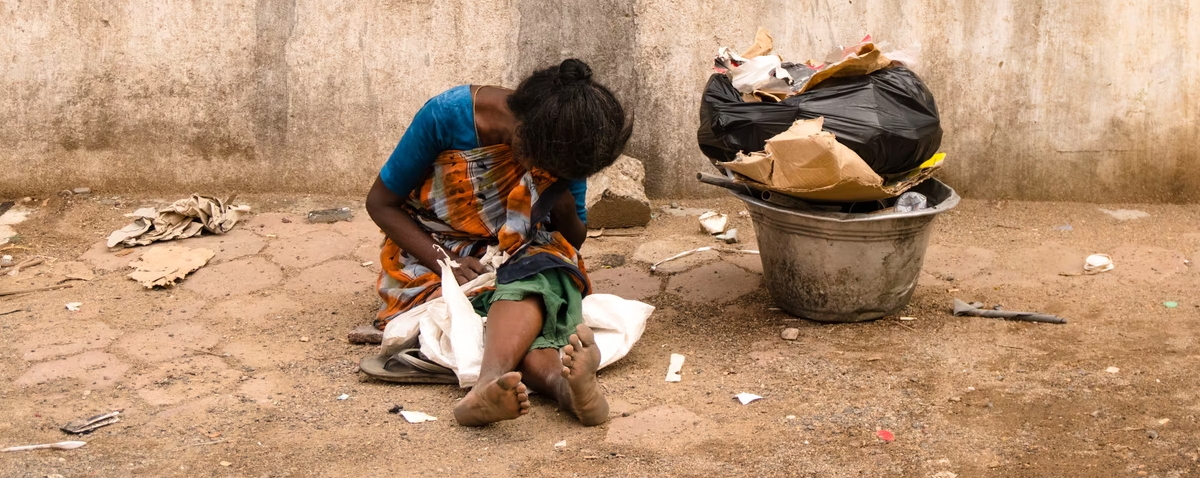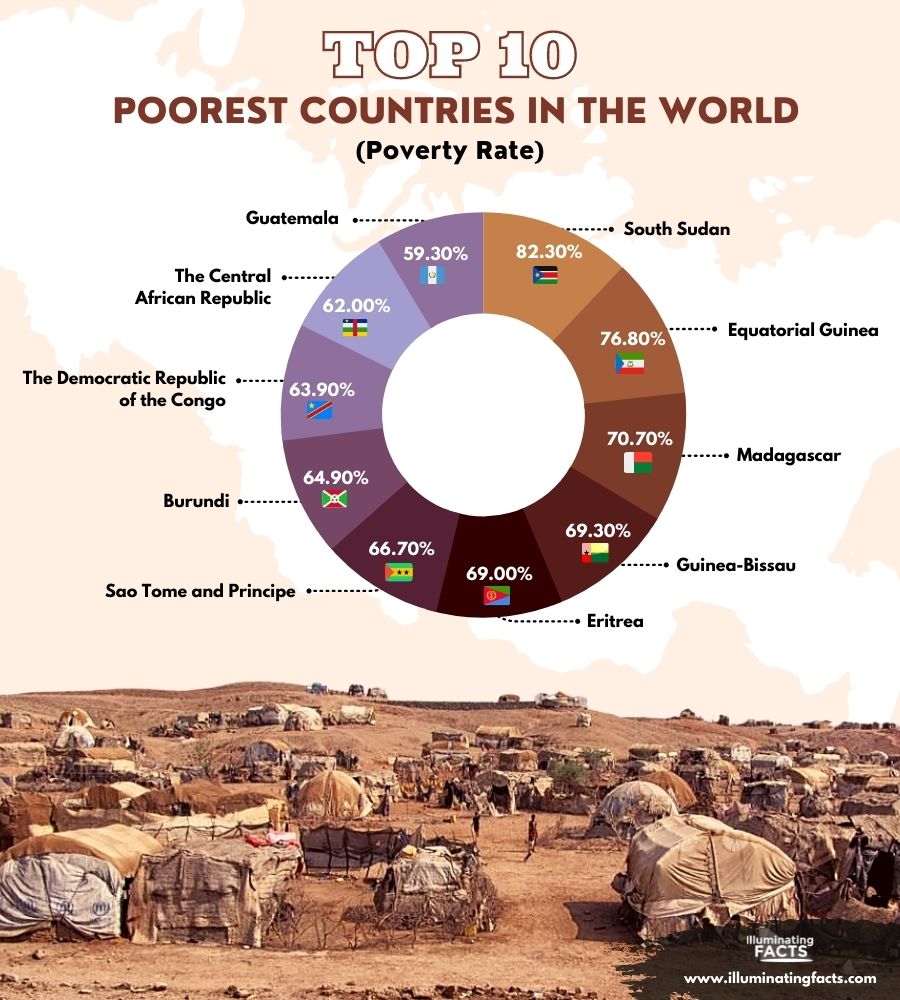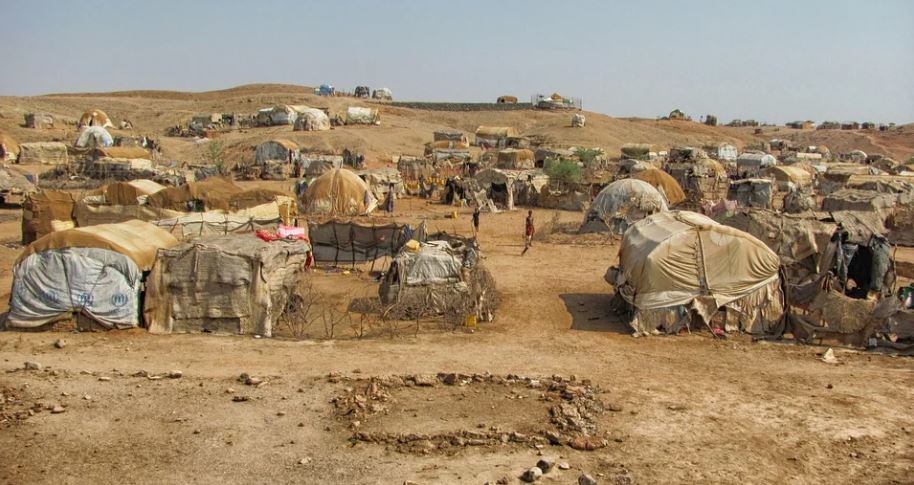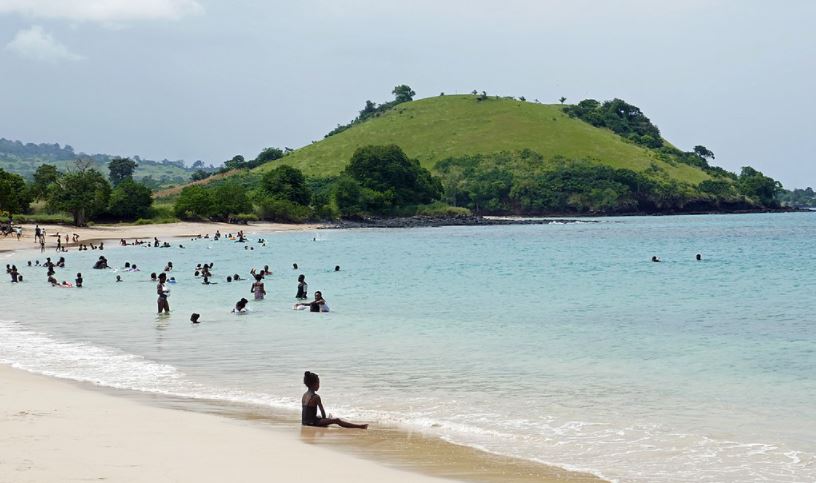When people do not have enough resources to meet their basic needs, including food and shelter, they are said to live in poverty. About 10% of the world’s population lives in extreme poverty, earning less than USD 1.90 per day. Statistically, women and children are affected by poverty significantly more than men.
Global poverty is mostly attributed to issues such as a lack of nutritious food, wars, diseases, lack of job opportunities and education, and inequality. Unfortunately, most impoverished countries fail to provide jobs and livelihood, eradicate diseases, and establish equality due to a lack of resources, making poverty a cyclic process.
Poverty is prevalent in the developing world, including most of Africa, the Middle East, and parts of Central and South America. Poverty found in Africa, especially Sub-Saharan Africa, is by far the worst found globally and is getting increasingly worse.
Why poverty is prevalent in these countries and why they fail to put an end to it has reasons deep-rooted in history as well as present-day ones. Historically, many of these countries were colonized by European powers. Years of having their resources stolen, as well as the conflicts left behind by the colonizers, such as land disputes, prevent these countries from eliminating poverty.
Presently, many ongoing conflicts, the spread of diseases like AIDs and Malaria, tribalism, and cultural inequality prevent progress.
Top 10 Poorest Countries in the World
Source: World Population Review
The countries with the worst poverty are mostly found in Africa. According to the World Bank, the following are the top 10 countries with the highest poverty rates:
1. South Sudan
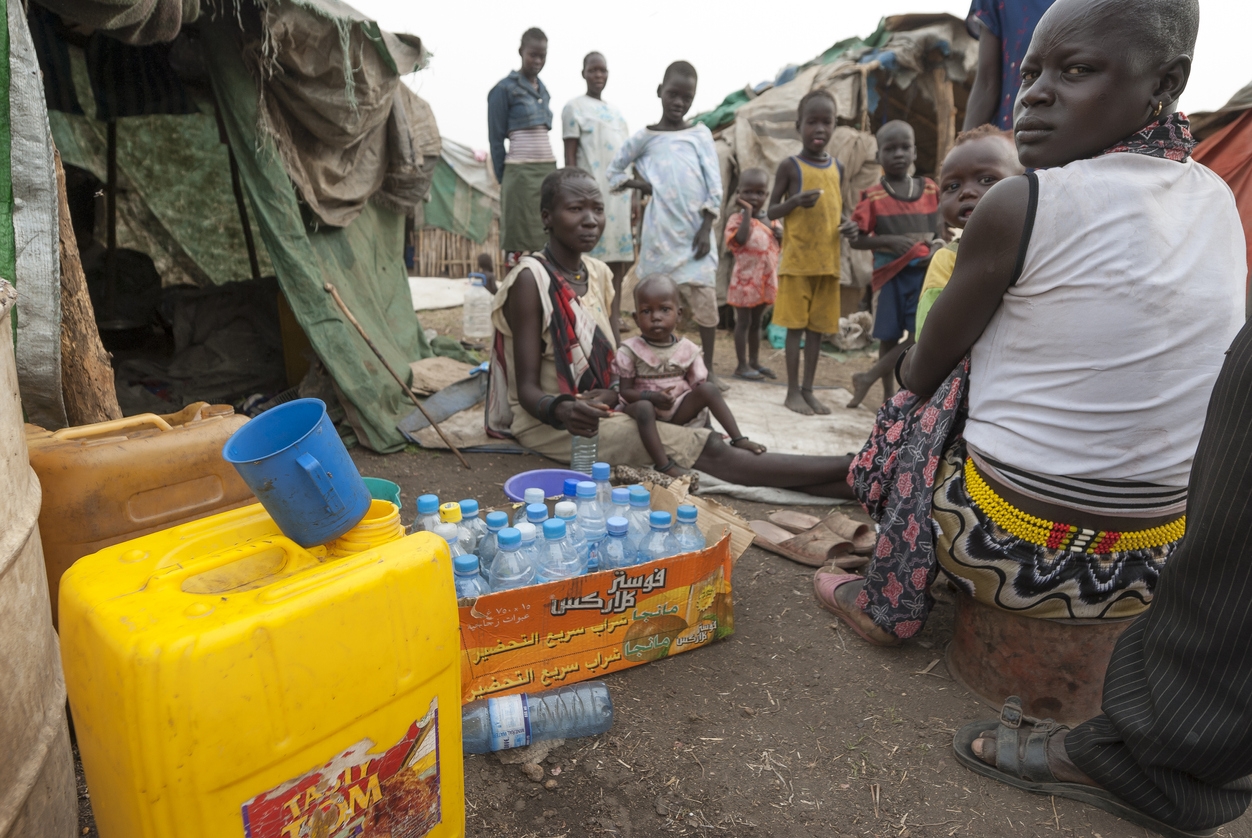
South Sudan got its independence from Sudan in 2011 after major conflict and violence, which continues to this day. About half of the population of Sudan faces a serious food insecurity issue. Millions of children face severe malnourishment and are suffering the worst consequences of this conflict.
Women, too, are hit exceptionally bad, with 1 in 7 women dying during childbirth. 73% of people do not have access to health services that are desperately needed as violence due to political conflict continues to persist. [1]
Although South Sudan holds much potential to progress in its oil reserves and its slightly industrialized capital Juba, many factors hinder its development. Most of the population is rural and works in agriculture. This causes the literacy rate to be extremely low in the country, with about half of its civil servants not even having had primary education. Low literacy rates and disputes keep the country from industrializing further and tap all the potential it holds.
2. Equatorial Guinea
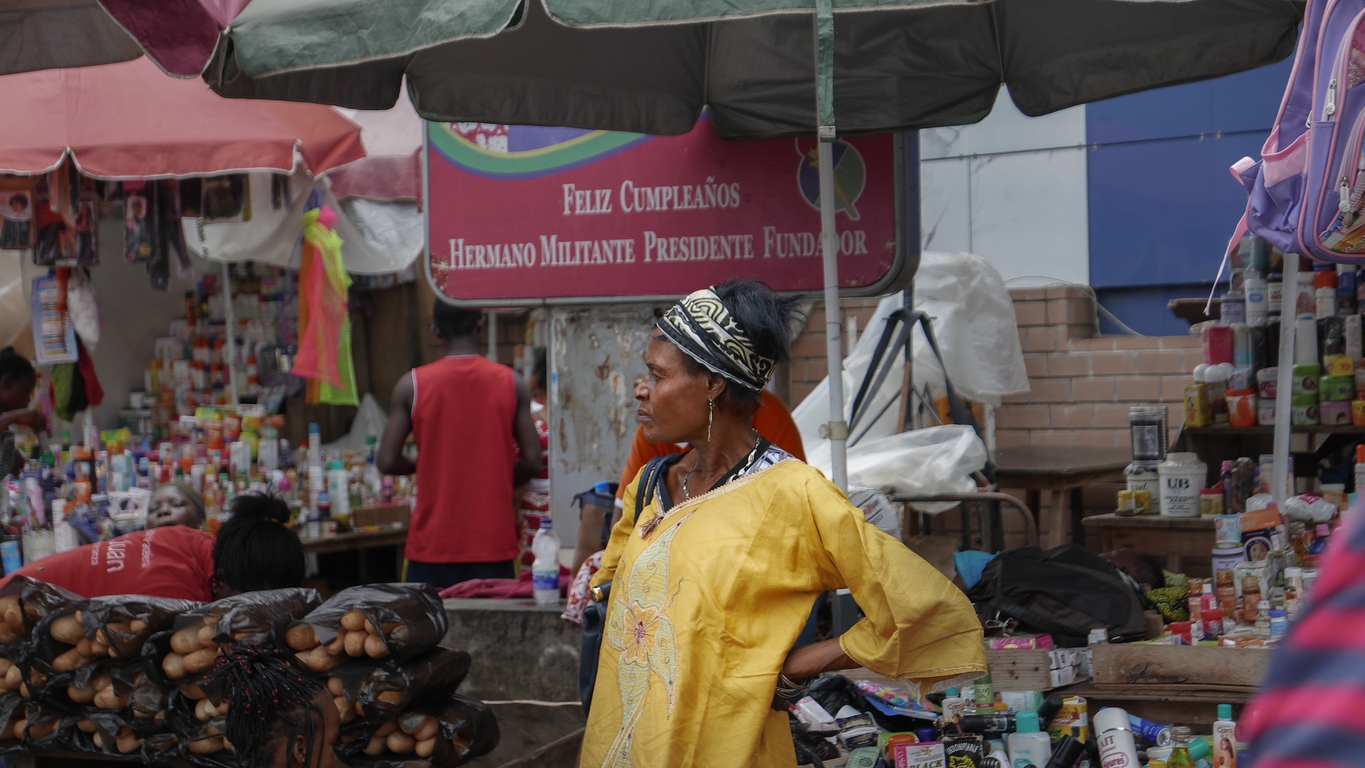
Interestingly Equatorial Guinea is known for its unprecedented economic growth during the 2000s, its vast resources, and its development in sectors such as mining, fishing, and tourism. Yet, 76.8% of its population lives in severe poverty. [2]
Like many African countries, Equatorial Guinea finds itself a victim of a Kleptocratic regime. Politicians and elites support a luxurious lifestyle from public funds and state money at the expense of the population. President Teodoro Obiang Nguema Mbasogo, who has been the president since 1979, has many corruption charges faced by him both in France and the U.S.
Severe mismanagement by the government and little to no progress in the Human Development Index leaves this country vulnerable to further catastrophes.
Many children in Equatorial Guinea suffer from malnutrition, and about half its population does not have drinkable water. Diseases like AIDs and Malaria also contribute to the lack of progress. Only about half the children attend primary school, and the number further reduces with middle school. Illiteracy also keeps the country from progressing. When the government should be spending on health and education, they do so on infrastructure to benefit the elites. Economic inequality in this country is one of the worst in the world.
3. Madagascar
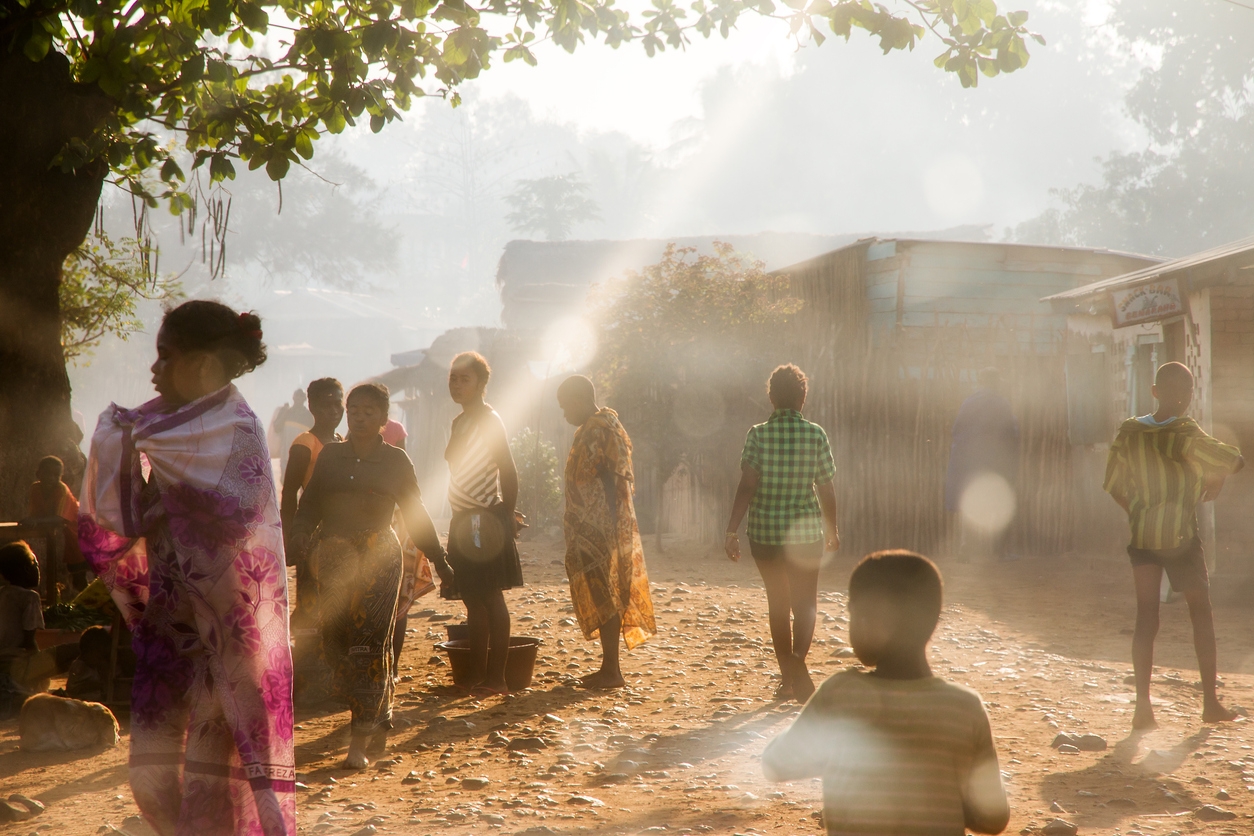
The poverty rate in Madagascar is 70.70%, with more than 80% percent of children under 18 living in poverty. Many people lack basic facilities like healthcare and electricity. Extreme child labor and malnutrition make poverty the hardest for the children. With an average of 5 births per woman, the high birth rates also contribute to the low living standards.
Madagascar has been hit by severe political turmoil, and political instability has led to a lack of progress in the country as well as a reduction in foreign aid. The population remains largely uneducated, with less than half of the children attending school. Being an island nation, it suffers from many natural disasters, making it less likely to gain foreign investors. [3]
4. Guinea Bissau
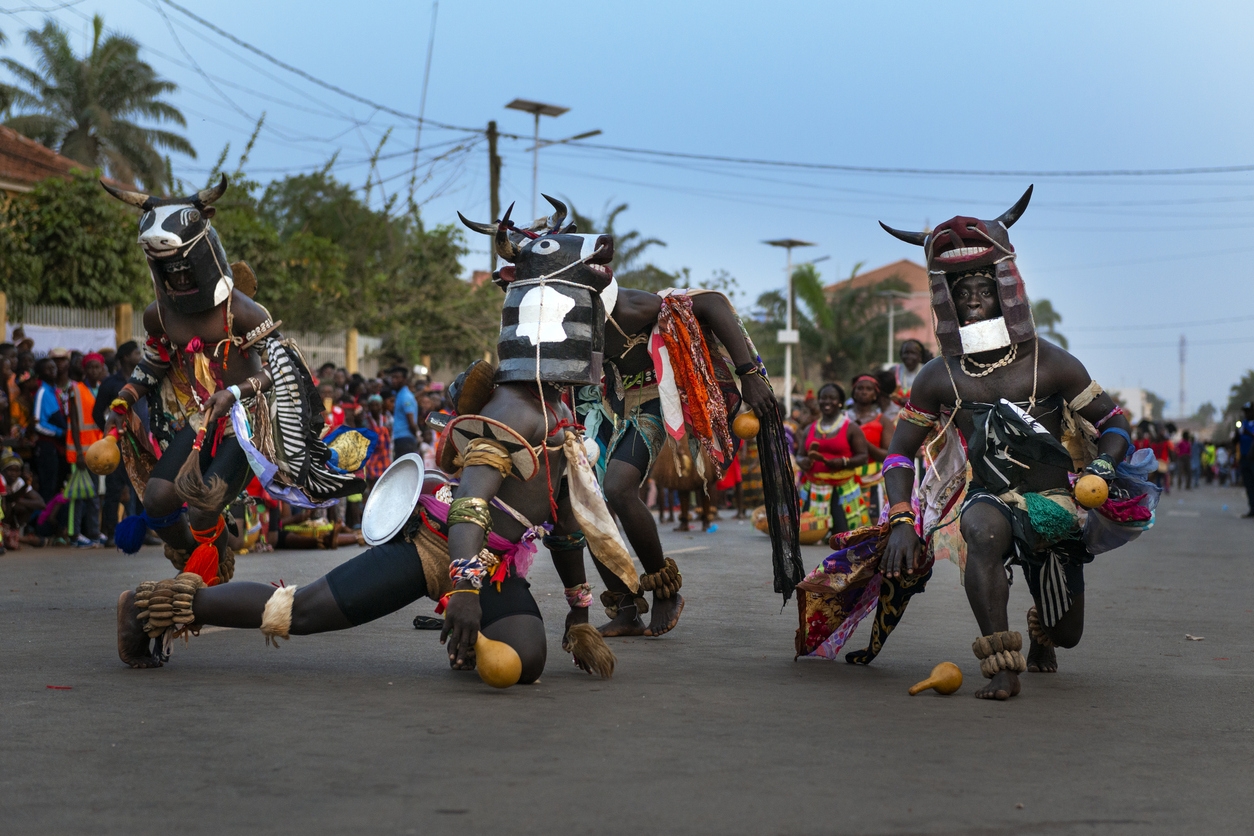
Guinea Bissau suffers from a poverty rate of 69.30%. It has alarmingly high rates of infant and maternal mortality. Many children suffer from malnutrition, and many women are severely anemic. This contributes to low birth weights and many stunted children.
This country is highly dependent on its cashew nut and other agricultural exports, but irregular rainfall prevents this industry from being too fruitful. Political instability also leads to administrative weakness and few policies to develop HDI. Illiteracy persists and thus further hinders much-needed growth in the industrial sector.
5. Eritrea
In Eritrea, 69% of the people suffer from poverty. About 2.3 million people in Eritrea live in harsh desert climates and suffer from poverty and malnutrition. [4]
The Nomadic lifestyle of its people keeps literacy rates low and prevents people from getting much-needed healthcare. Diseases like AIDs persist, and superstitious beliefs keep people away from hygiene practices, resulting in further diseases.
Although 80% of the population is dependent on agriculture, it contributes little to people’s livelihood due to inadequate rainfall and other reasons.
Eritrea also gained its independence from Ethiopia, after a 30-year war, in 2011. However, the conflict left the country severely deprived, and the recovery is still far from taking place.
6. São Tomé and Principé
66.70% of people in São Tomé and Principé live below the poverty line. About a third of its population earns less than US$1.9 a day. Unfortunately, despite many efforts, the country’s poverty rate continues to increase.
São Tomé and Principé are two remote islands in Africa. It is their geographical location that contributes mostly to the high poverty rates. They are remote and hard to reach. The nation also has little to no assets, which makes export harder with the high travel costs. The country also suffers many natural disasters causing many dollars’ worth of damages which further worsens poverty. [5]
7. Burundi
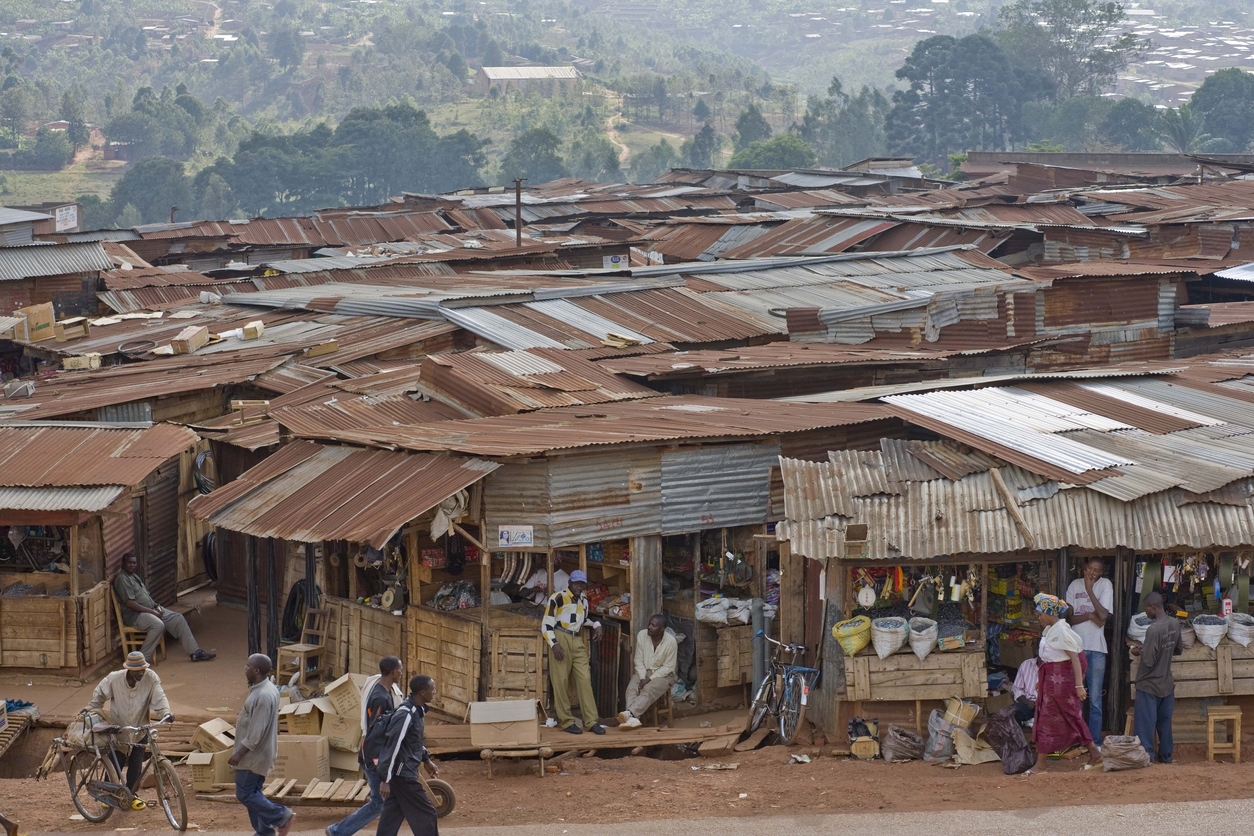
Burundi has about 64.90% of its population living in poverty. Even the people above the poverty line live an extremely low standard of lifestyle. This country has the 5th worst HDI of 0.433, ranking 185 out of 189 countries. It also has the second-lowest GDP in the world.
Civil war, extreme violence, and political turmoil pushed the country to the edge. Along with other problems, it now had to deal with a refugee crisis as well. It continues to have the highest infant and maternal mortality rates in all of Africa. Illiteracy continues to be low, with extreme hunger being the major reason. [6]
Other than that, the country’s corrupt regime and inefficient administration also contribute to poverty. It also happened to be a country poor in assets and landlocked, which makes progress ever so difficult.
8. Democratic Republic of the Congo
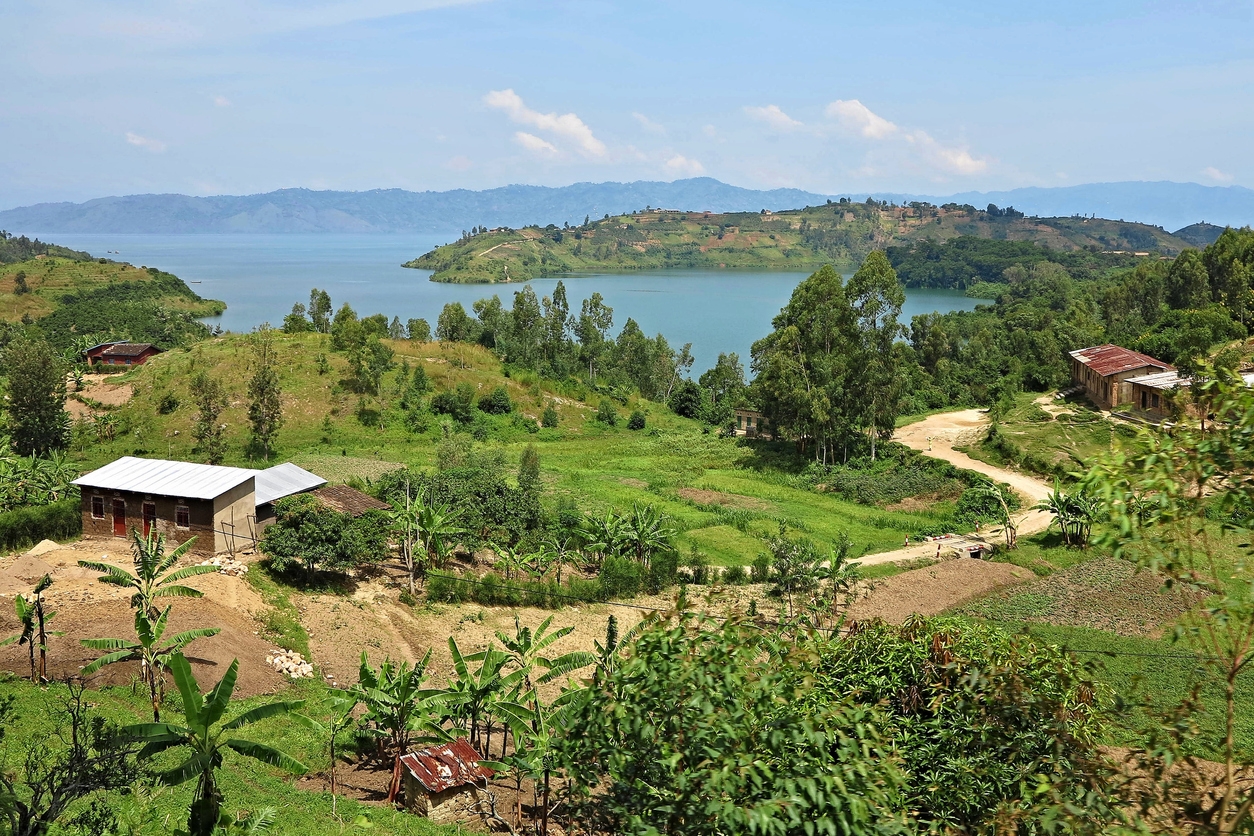
While 63.90% of the population of DRC survives below the poverty line, the country also has one of the highest populations of poor people surviving on less than USD 1.90 per day. Its Human Development Index of 0.480 stays low, ranking 175/189 countries.
Diseases like the Ebola Virus have been endemic in the country for years, severely impacting the people and the economy. Other diseases, including diarrhea, also impact the population, which was made worse by war as infrastructure providing clean water sources was damaged. Moreover, about 40% of the deaths in the country are from malaria alone.
Diseases due to its tropical climate, war, terrorism, and tribalism keep the country from progressing.
9. Central African Republic
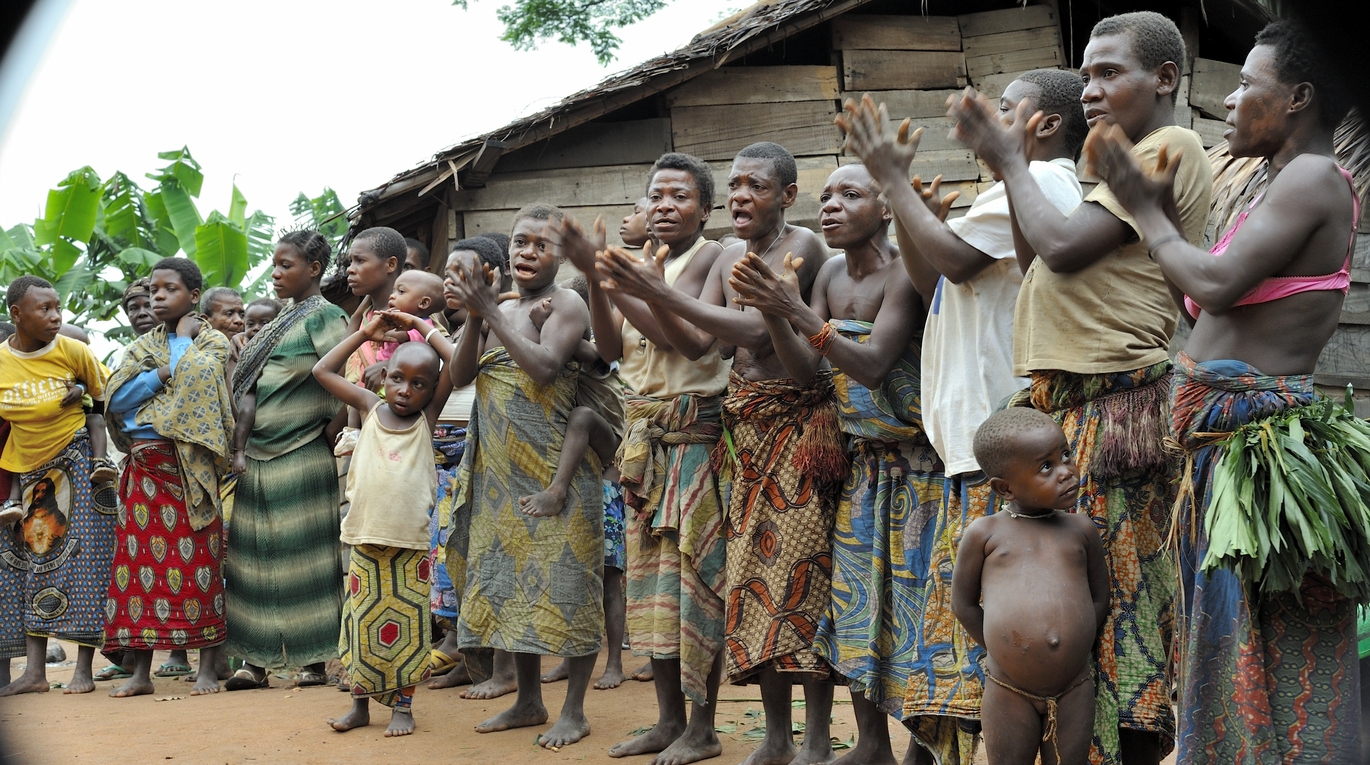
The Central African Republic remains one of the poorest countries in the world, with a poverty rate of 62.00%. This country has one of the lowest life expectancies in the world, of only 53.35 years. It relies heavily on foreign aid and help from NGOs.
The Central African Republic has one of the highest maternal mortality rates in the world, with 890 deaths per 100,000 live births. The gender gap is strong, with only about 23% of girls being able to finish just 6 years of schooling due to society’s pressure to marry and have children.
About 90% of the population hardly has access to food, health, or housing. [7] The ongoing civil war is largely to blame for the increasingly worsening situation. Many civilians are killed, and severe damage is done to the infrastructure and the economy. AIDS and malaria continue to affect the population, and extremely low literacy rates cause little progress to take place.
10. Guatemala

Guatemala, the only non-African country to make on this list, has a poverty rate of 59.30%. Located in South America, it is surprising that the country has such high poverty rates, especially considering it is one of the strongest economies in the region.
Guatemala has severe economic inequality. Modern and industrialized cities like Guatemala City get much of the resources at the expense of the more rural areas and the country’s indigenous population. According to estimates, 5% of the elite population own 85% of the country’s wealth. [8]
In recent years, poverty has been increasing in Guatemala. As of today, Guatemala has the fourth-highest rate of chronic malnutrition globally and one of the highest child mortality rates in the region. Many of its citizens cannot afford education past elementary school. In addition, the rural population lacks access to sanitation, healthcare, and housing.
Conclusion
Many African countries face severe poverty resulting due to conflicts, terrorism, the spread of diseases, and corrupt politicians. Although some causes are beyond human control, like the spread of malaria due to the tropical climate, most of the causes are manmade and can be controlled.
Many organizations like The World Health Organization are working to improve the conditions in these countries and have been providing large amounts of aid to them.
References
- https://www.ss.undp.org/content/south_sudan/en/home/countryinfo.html
- https://www.borgenmagazine.com/why-is-equatorial-guinea-poor/
- https://borgenproject.org/tag/poverty-in-madagascar/#:~:text=The%20island%20nation’s%20unique%20and,it%20very%20susceptible%20to%20cyclones
- https://www.who.int/hac/crises/eri/eritrea_oct08.pdf
- https://www.wfp.org/countries/sao-tome-and-principe
- https://borgenproject.org/5-facts-about-poverty-in-burundi/
- https://www.sos-childrensvillages.org/where-we-help/africa/central-african-republic#:~:text=The%20Central%20African%20Republic%20is,and%20the%20help%20of%20NGOs.
- https://www.borgenmagazine.com/historical-causes-of-poverty-in-guatemala/
- https://worldpopulationreview.com/country-rankings/poverty-rate-by-country

